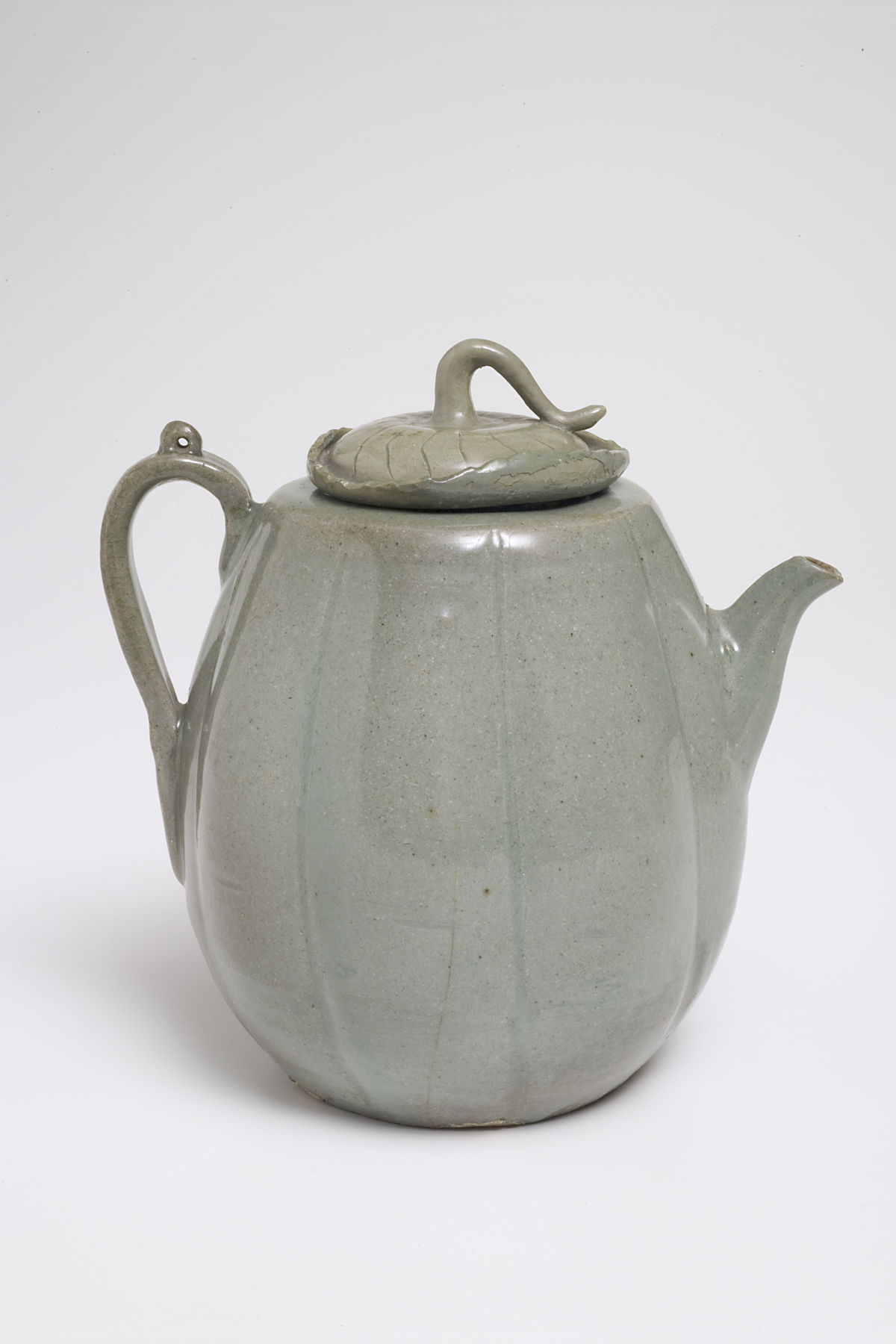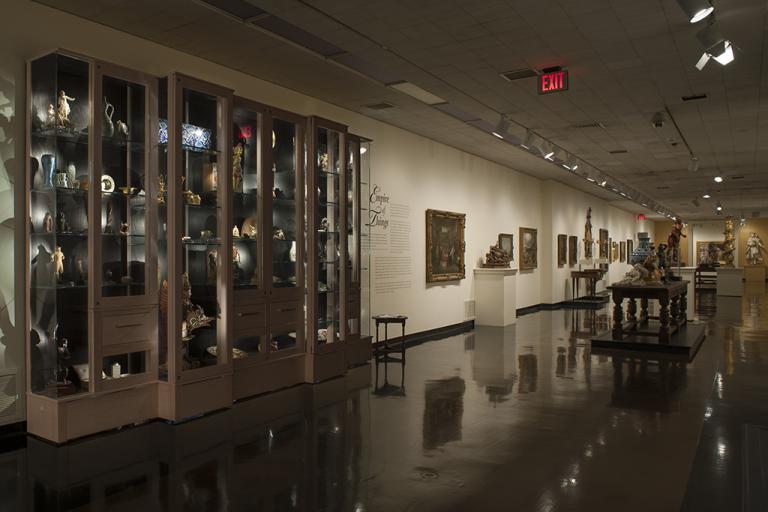melon-shaped ewer, unknown maker from Korea
Artwork Overview
melon-shaped ewer
, 1000s–1100s, Goryeo dynasty (918–1392)
Where object was made: Korea
Material/technique: celadon glaze; stoneware
Dimensions:
Object Height/Width/Depth (Height x Width x Depth): 19.3 x 19 x 14.5 cm
Object Height/Width/Depth (Height x Width x Depth): 7 5/8 x 7 1/2 x 5 11/16 in
Object Height/Width/Depth (Height x Width x Depth): 19.3 x 19 x 14.5 cm
Object Height/Width/Depth (Height x Width x Depth): 7 5/8 x 7 1/2 x 5 11/16 in
Credit line: William Bridges Thayer Memorial
Accession number: 1928.0633.a,b
On display: Stewart Gallery
If you wish to reproduce this image, please submit an image request









